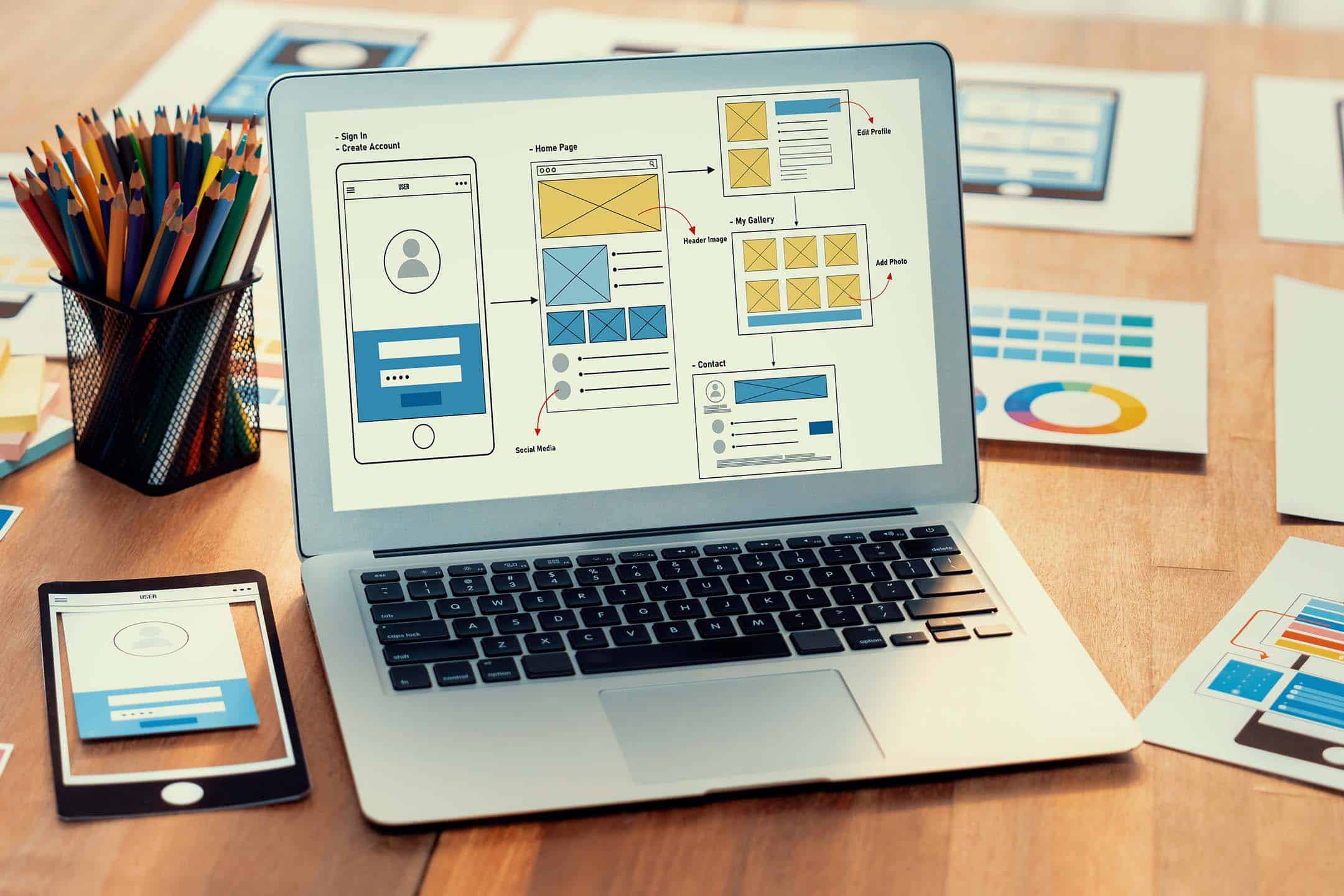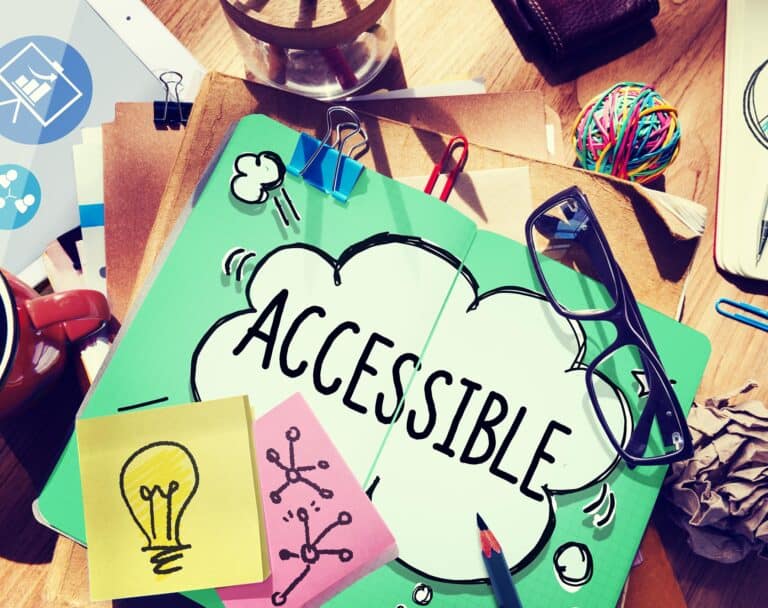In modern design, typography serves as a cornerstone, blending style with functionality to convey messages effectively across various mediums. As technology advances and design trends evolve, the importance of typography in shaping the visual landscape has only grown. From the early days of print to the digital age, typography trends have undergone significant transformations, reflecting shifts in artistic movements, technological innovations, and societal influences. Today, designers are challenged not only to captivate audiences with visually stunning typography but also to ensure optimal readability and accessibility.
Understanding Typography in the Digital Age
Typography has transcended its traditional role and become a fundamental element of user experience (UX) and user interface (UI) design. The advent of digital platforms has transformed typography, offering designers unprecedented flexibility in font choices, sizes, and styles.
Typography not only sets the tone and personality of a website or application but also plays a crucial role in guiding users through the interface. It interacts with UX by enhancing readability, hierarchy, and navigation, ensuring a seamless and intuitive user experience. Furthermore, typography influences UI design by establishing visual hierarchy, organising content, and creating consistency across different screens and devices.

Current Typography Trends in Web and Graphic Design
As technology evolves, so does typography in web and graphic design. Modern trends are shaping the way text is presented, impacting user engagement and brand identity.
Bold and Large Lettering: Making a statement
Bold and large lettering is making a significant impact, grabbing attention and conveying confidence. Designers are opting for oversized fonts to create bold statements and emphasise key messages, enhancing visual impact and memorability.
Custom Fonts: Tailoring type for brand identity
Custom fonts are becoming increasingly popular as brands seek unique typographic identities. Designers are crafting custom typefaces to reflect brand personalities, ensuring consistency across various touchpoints and fostering brand recognition.
Minimalist Sans Serif Fonts: Clarity in simplicity
Minimalist sans-serif fonts continue to dominate digital design, offering clean lines and enhanced readability. Their simplicity lends itself well to modern, streamlined interfaces, providing users with clear and straightforward communication.
Colourful Typography: Integrating vibrant colours
Colourful typography is adding vibrancy and personality to digital content. Designers are experimenting with bold colour palettes to inject energy and emotion into text, creating visually striking and memorable designs that captivate audiences.
Variable Fonts: Flexibility & responsiveness in design
Variable fonts are transforming typography by offering unparalleled flexibility and responsiveness. With a single font file containing multiple variations, designers can dynamically adjust weight, width, and other attributes, enhancing scalability and optimising user experience across devices and screen sizes.

The Psychology of Typography and Font Choices
Typography goes beyond aesthetics; it influences how viewers perceive and interact with content on a subconscious level. Font choices evoke emotional responses and shape user attitudes, playing a crucial role in guiding user attention and shaping their overall experience.
Guiding a user’s attention and attitudes
Typography has the power to guide a user’s attention and attitudes towards content.
For example, serif fonts convey tradition, professionalism, and authority, making them suitable for formal contexts such as academic papers or legal documents.
In contrast, sans-serif fonts are perceived as modern, clean, and approachable, often used in digital interfaces and advertising to convey simplicity and clarity.
Additionally, factors like font size, weight, and spacing can influence readability and comprehension, impacting how users engage with information.
Importance of Typography in SEO & Web Accessibility
Typography plays a vital role in both SEO and web accessibility. The choice of fonts, font sizes, and spacing significantly impacts readability, which, in turn, affects how search engines rank websites. Websites with clear and accessible typography tend to rank higher in search results due to improved user experience and engagement.
Best practices for ensuring accessibility in typographic design
In terms of accessibility, adhering to best practices in typographic design ensures that content is easily readable for all users, including those with visual impairments or disabilities. This involves using adequate font sizes, high-contrast colour combinations, and appropriate line spacing to enhance readability.

Combining Fonts: Dos and Don’ts
When it comes to font pairing, understanding the principles of typography is essential. Aim to create contrast between fonts while maintaining harmony and coherence in design. Pairing fonts with similar characteristics can create a cohesive look, while contrasting fonts add visual interest.
It’s crucial to avoid common mistakes in combining typefaces. One common error is using too many different fonts which can clutter the design and confuse the reader. Instead, limit yourself to two or three complementary fonts to maintain consistency and readability. Be cautious with overly decorative or novelty fonts, as they can detract from the message and make the text difficult to read.
Future Trends in Typography
As technology continues to advance, typography is expected to undergo significant evolution. With the rise of augmented reality (AR) and virtual reality (VR), typography may become more immersive and interactive, blurring the lines between digital and physical environments. Additionally, advancements in AI and machine learning could lead to personalised typography experiences tailored to individual user preferences and browsing habits.
Cultural and technological changes are also anticipated to influence typography trends. With increasing globalisation, there may be a greater emphasis on multicultural typography, incorporating diverse fonts and scripts from around the world. Environmental sustainability may drive the adoption of eco-friendly typography practices, such as using sustainable materials and digital alternatives to traditional printing methods. Overall, the future of typography promises to be dynamic and innovative, embracing new technologies and reflecting the evolving needs and preferences of society.
The Importance of Typography
Typography stands at the forefront of modern design, seamlessly merging style and functionality to create impactful visual experiences. From bold and large lettering to minimalist sans serif fonts, typography trends continue to evolve, reflecting the changing landscape of digital and graphic design. The psychology of typography, coupled with its crucial role in SEO and web accessibility, underscores its significance in user experience and perception. As we look to the future, typography is poised to undergo further innovation, driven by advancements in technology and cultural shifts.




